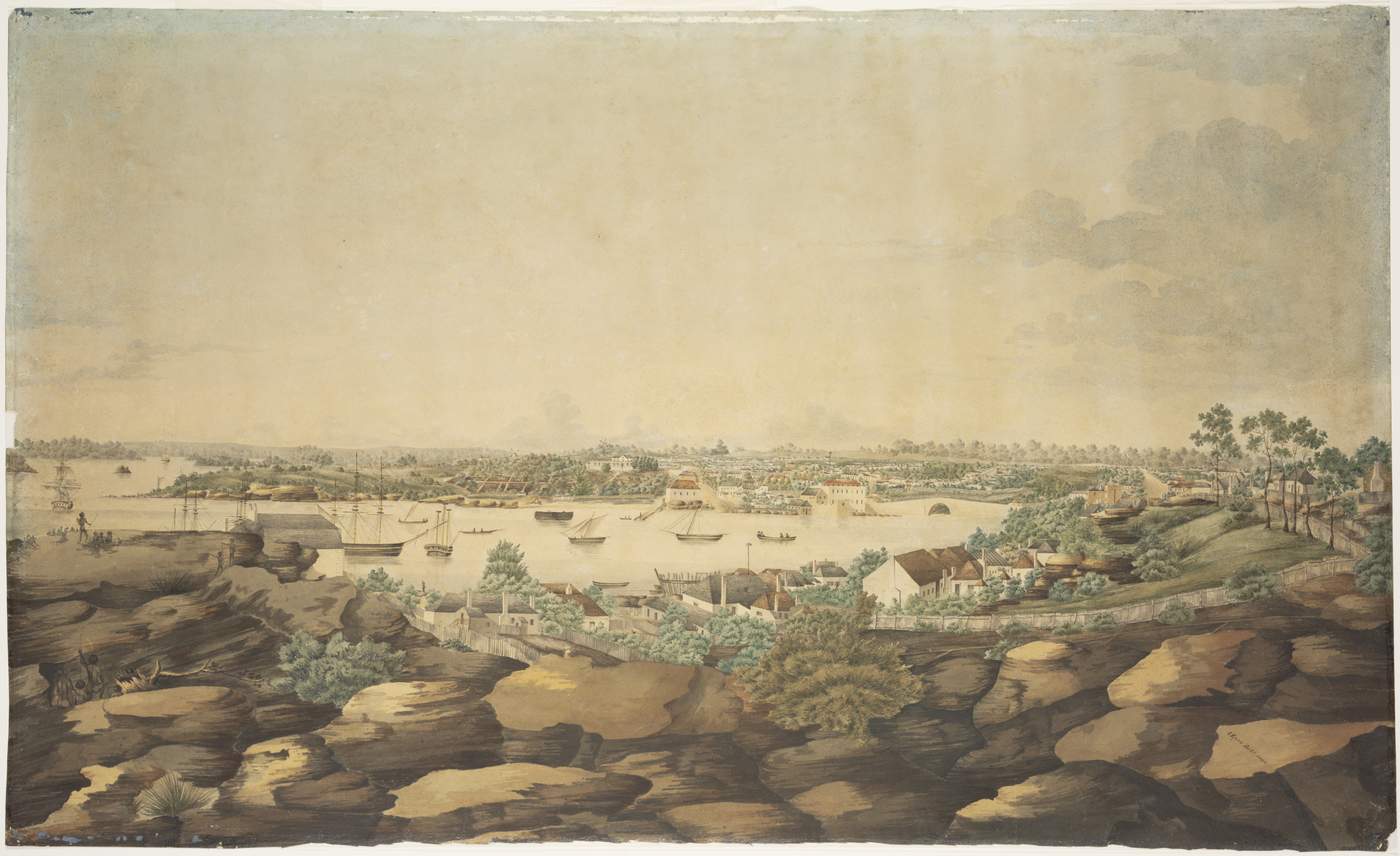Iconic Examples of Australian Beach Stories
There are a great number of natural landscapes in Australia apart from beaches (rainforests, desert areas, snow-capped mountains) yet the beach has somehow become iconic.
In Australia, there is a cabal of writers who can be described as ‘Australian Coastal Gothic’.
- Tim Winton
- Robert Drewe
- Peter Temple
These novels and short stories are often about men who retreat from inland areas to the coast. The setting is dark and brooding. The men have secrets. They are often in mourning over a woman’s death. They meet grotesque characters who almost personify their grief. Beaches are badlands.
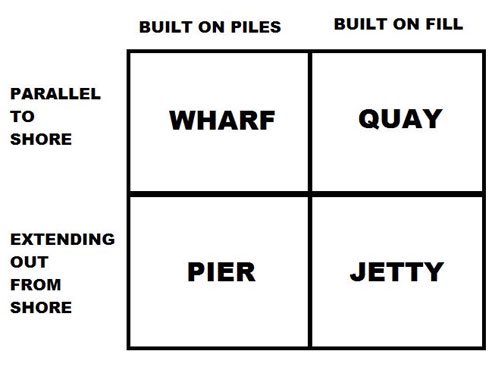
What is distinctive about the Australian beach?
The term ‘beach’ in Australia has a wider meaning than its geographical qualities.
Beaches exist all over the world but are an internationally iconic image of Australia. The beach is pervasive in Australian advertising, tourism and popular representation. The beach is presented as idyllic, almost nostalgic and beautiful.
Tourist photos of the Australian beach tend to focus on the natural aspects and remove amenities. The exception to this is The Gold Coast, in which the beach and urban cannot be disentangled. Images will include skyscrapers along the waterfront.
Some beaches are far more hospitable than others. There is great variation. Water temperature varies a lot at any given time. Tasmanian beaches are more suitable for picnicking than swimming because the water is generally cold. Northern beaches near Darwin are unsafe because of crocodiles.
In Australia rural and urban areas tend to stand in opposition to one another (with preference for the rural). The beach falls into both camps — it is ‘natural landscape’ but it is also an extension of suburbia.
The beach is associated with leisure, hedonism pleasure, indolence. The beach is healing, a place of escape, a spiritual place.
When the beach is depicted as healing, there’s a big difference between characters who live at the beach and those who holiday there. Tourists don’t have to fit beach time around the ordinary aspects of their lives. The holiday is itself an escape.
But beach holidays often induce guilt. Characters feel guilty at what they leave behind. Guilt can provide the motivation to make big changes in a character’s ordinary, non-holiday life. The holiday itself triggers a character arc.
In fiction targeted at women, a holiday to the beach can make a female main character reassess who she is looking for as a romantic partner. She might be an uptight sort of character who loses her sexual inhibitions on holiday and is forever changed because of it. Beach holidays can let women reclaim parts of themselves that they’ve lost touch with (apart from sexual aspects). They can forget about societal expectations placed upon women in everyday life, giving them a feminist ideology.
In this way, the beach can act as a type of mirror. The natural beauty of the beach allows a woman to see the natural beauty in herself.
Beautiful places have been shown to be good for mental health. (We get the same effect in a forest.)
A beautiful setting allows for a binary to exist — beautiful versus non-beautiful. This is why the mythic natural beauty of the beach can symbolise heaven on earth. Horror films subvert this, juxtaposing a beautiful beach against death. The beautiful playground of a beach can become a kind of prison. Characters move from freedom to slavery.
The message of some horror beach films is that characters create their own fate by disturbing a pristine environment. They had no business being there. Nature (or supernature) shrugs them off.
Australia has no legend based on how we live as an urban coastal society, unlike the myth of the bush, which is a strong tradition. Yet for many modern Australians, the beach is a more familiar territory than ‘the bush’.
British people tend to see natural landscape in terms of ‘countryside’ and ‘seaside’. At the ‘seaside’ you get resorts, relaxation and therapeutic results. But The Australian beach is a place for swimming and surfing. Australian beachgoers are not passive. Even when not swimming or surfing, Australians bring their beach furniture with them and decide where to sit. They are holidaymakers rather than beachgoers.
When compared to American beaches, Australian beaches feel ‘transient’. Australian holidaymakers are responsible for bringing everything — you can’t hire umbrellas and lounges like you can in Honolulu. Holiday resorts do exist in Australia (e.g. Byron Bay) but there is not much emphasis on those in literature. Australian beach culture is far more accepting of nature than in trying to impose human order onto it.
Bush mythologies tend to idealise individuality. You’re on your own out there. Survival in the bush is seen as a personal achievement. But the beach is all about pleasures shared with others. ‘Indecent’ pleasures challenge social norms in a community. Competitive sport flourishes.
The naturalness of the beach is part of the myth of the Australian beach. This is the beach of our imagination. In this imagined version of the beach, we’re the only person walking along pristine beaches of untouched sand.
In fact the beach is surveilled: The beach is under the eye of the lifeguard from the tower, and increasingly, the beach is also observed through technological means such as cameras installed to detect erosion.
Many Indigenous texts place more importance on fresh water than the beach. Yet there are still some important aspects of the beach that feature in the writing of Indigenous authors and in films that feature Indigenous characters.
Iconic Australian beaches: Surfers Paradise (Gold Coast, Queensland) and Bondi Beach (Sydney, New South Wales). These settings are also common in Australian stories.
Normally the word ‘badlands‘ conjures images of extensive tracts of heavily eroded, uncultivable land with little vegetation, for instance the barren plateau region of the western US (North and South Dakota and Nebraska). But the Australian beach can be used as a type of badlands.
In the 1960s the Beaumont children went missing. (Their mother recently died without ever knowing what happened to them.) They disappeared from Glenelg Beach near Adelaide, South Australia on 26 January 1966 (Australia Day)
Harold Holt went swimming in the sea and never returned. He was Australia’s prime minister. The fact that a prime minister can go missing like that is seen as a quintessentially Australian thing. We like to think this could never happen to the American president, whose body is protected, his every move monitored.
In the 1980s and 90s, infamous gay hate murders took place on Bondi beaches.
Bra Boys is a movie about the Cronulla riots of 2005.
Crime, assaults and kidnapped children continue to be plots in fictional texts with beach settings.
The beach is often a horror setting e.g. The Long Weekend (1978) and Lost Things (2003). Sometimes the beauty of the beach juxtaposes against the horror that unfolds e.g. The Long Weekend (1978 movie), Lost Things (2003 movie). Like any good horror story, the setting (in this case the beach) is initially set up as an idyllic, beautiful place. Also true to the horror genre, these beaches are difficult to reach and isolated. The humans are plucked off from the herd. In a Love story, the beach can act as a mirror, showing the (female) main character the beauty in herself. In a horror story the beach can also act as a mirror, but this time it reflects the evil within the main character(s).
In either case, the beach has the power to reveal some sort of truth.
The beauty of the beach is sometimes cast as ‘tempting’ e.g. Two Hands (1999 film). Bondi Beach is depicted as a glittering ocean which entices Jimmy into the water, away from his tasks.
The Australian beach is increasingly urban as the city and its suburbs encroach further onto the sand.
Philip Drew, in his work The Coast Dwellers, believes that the Europeans brought their own understanding of space to Australia when they arrived in the late 19th century. Europeans journeyed here with a “conception of a closed centric world”. But this understanding that did not fit the geographical complexities of the country they found themselves in.
Even natural beach elements can be scary. Nature is unpredictable and we can’t control it (shark attacks, wild weather).
The beach is considered a space of equality. Anyone can go there, whether rich or poor. No one owns the beach. Once at the beach, no one is judged on the norms of the rest of their lives — everyone is now just a person at the beach, perhaps stripped down without clothes as status symbols. Employment and wealth is discarded. However, in practice the classless beach isn’t real, sometimes made clear in fiction as well. In Puberty Blues Kathy Lette describes Green Hills beach as trendy while beaches at the sound end of Cronulla are family friendly (but not trendy).
Some texts objectify women on the sand. Surfing texts are very masculine. Some films objectify other kinds of bodies, including the bodies of men.
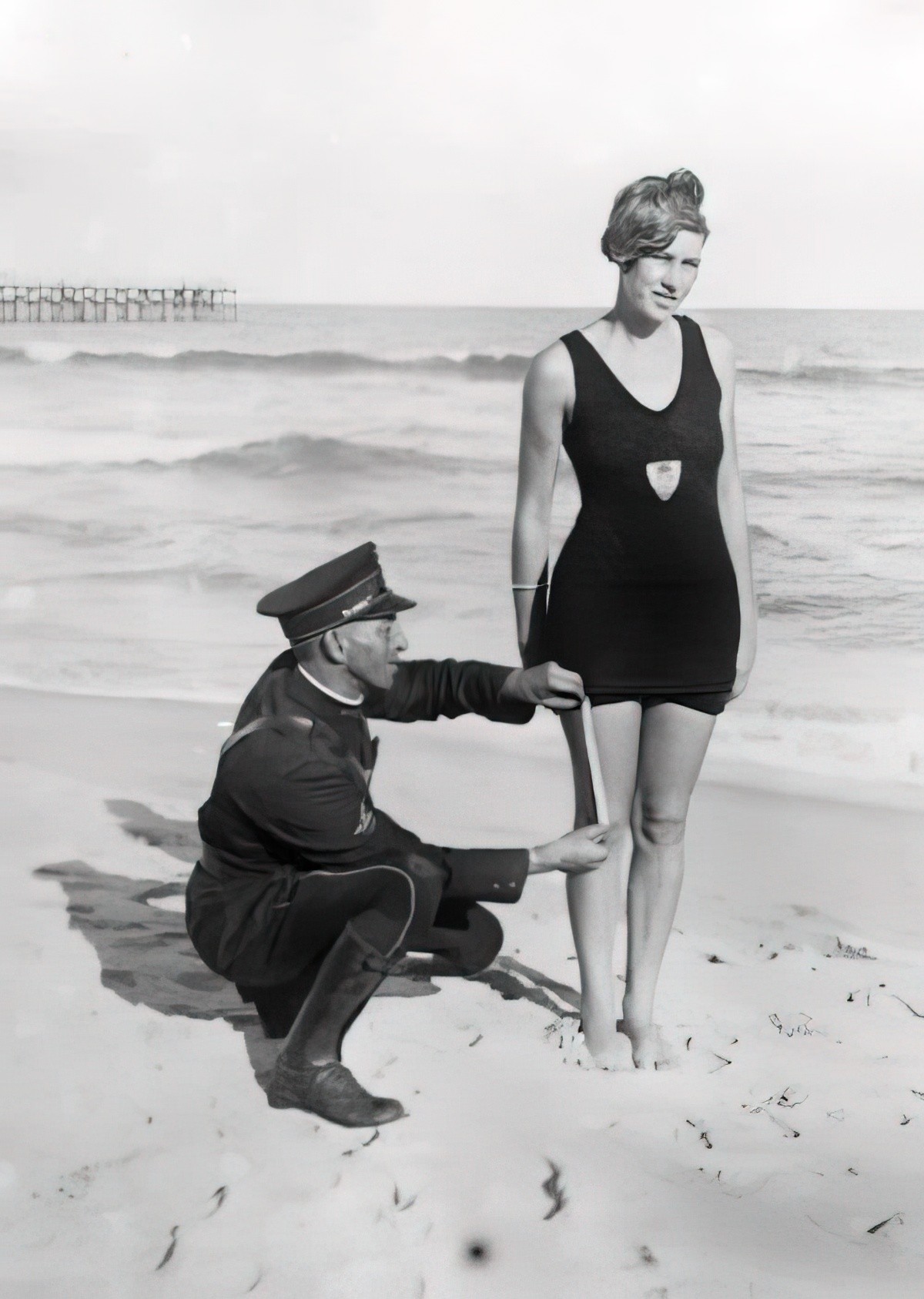
Australian beach films are rarely financially or critically successful. (e.g. Newcastle) But still Australians keep trying to make beach movies and TV shows.
The beach is neither marginal nor liminal. It allows the imaginative and the social to exist at once within the same landscape. This is called ‘Beachspace’. Liminal is all about the concepts of transition and shifting ambiguities, categorised by disorientation and a loss of belonging. In contrast, the beach can create a sense of belonging, or multiple belongings.
Like high places, the beach can be used as a place to gain perspective, especially by going surfing. For surfers, waves can be a refuge and like driving, afford a sense of control. The main character of Breath by Tim Winton (2008) uses the surf in this way. He feels he can’t control death around him in his regular life.
Even though characters might try to use the beach as a safe space away from their ordinary lives, the beach isn’t always binary in that way. Floating in the shallows is similar to sitting in a bath, affording characters the space to think. Characters often have anagnorises in the water.
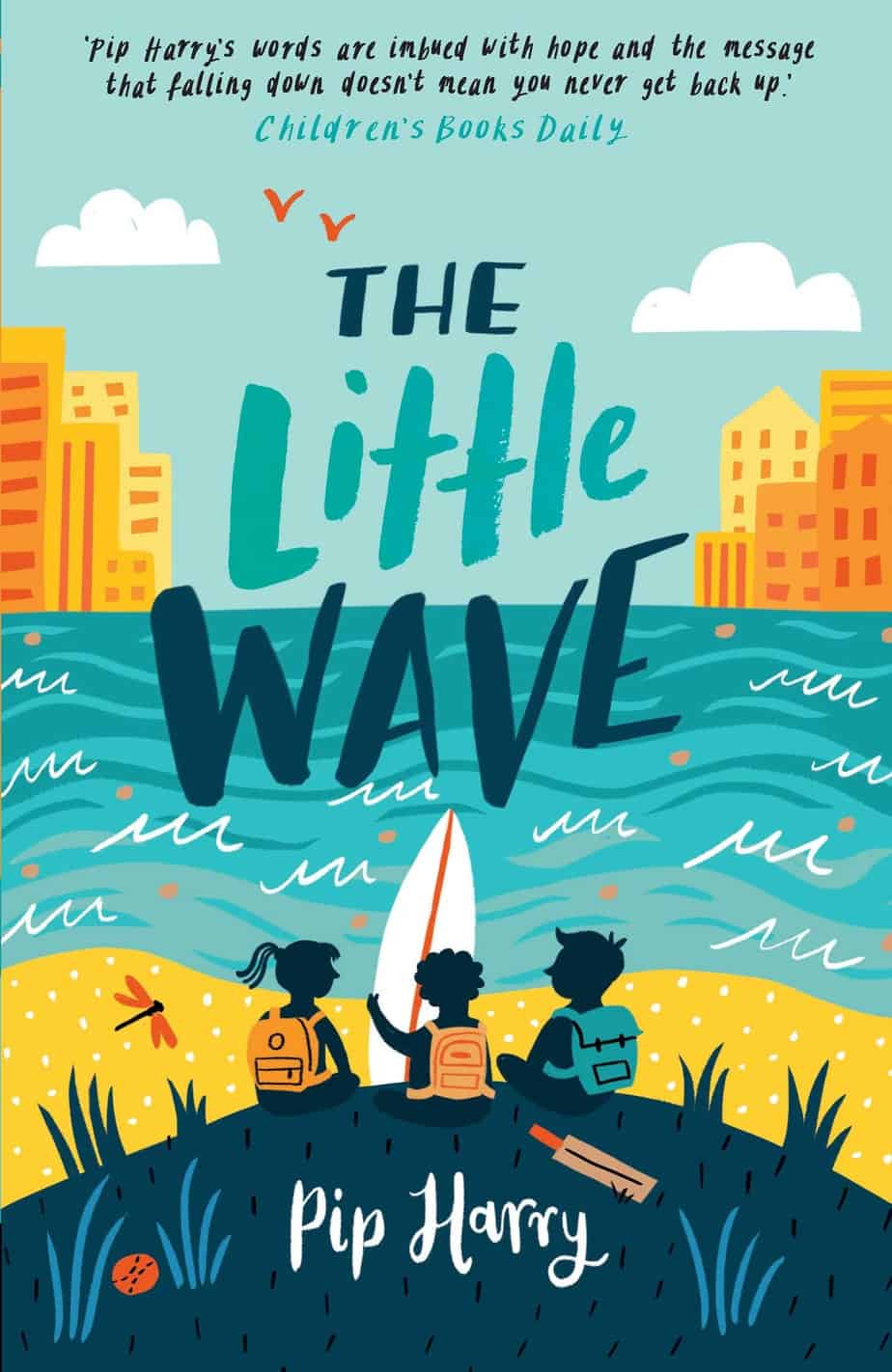
When a Manly school sets out to bring a country class to the city for a beach visit, three very different kids find each other and themselves.
Noah is fearless in the surf. Being at the beach makes him feel free. So where does his courage go when his best mate pushes him around?
Lottie loves collecting facts about bugs, but she wishes her dad would stop filling their lonely house with junk. She doesn’t know what to do about it.
Jack wants to be a cricket star, but first he has to get to school and look after his little sister. Especially if he wants to go on the class trip and see the ocean for the first time.
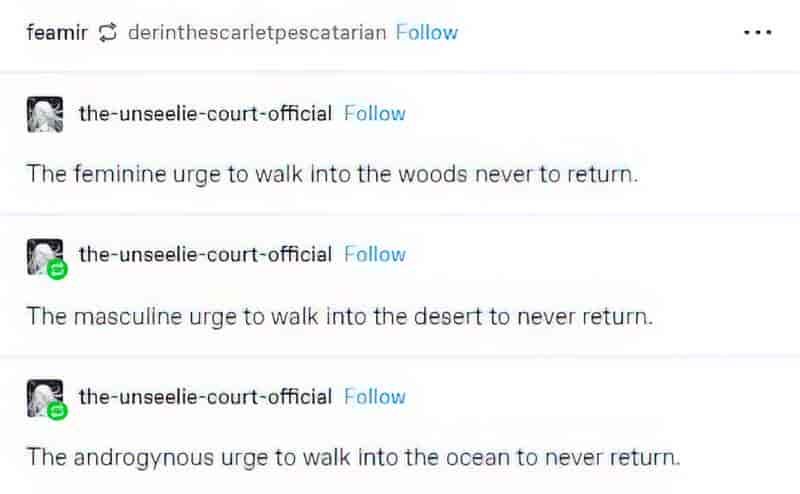

OTHER BEACHES IN CHILDREN’S LITERATURE
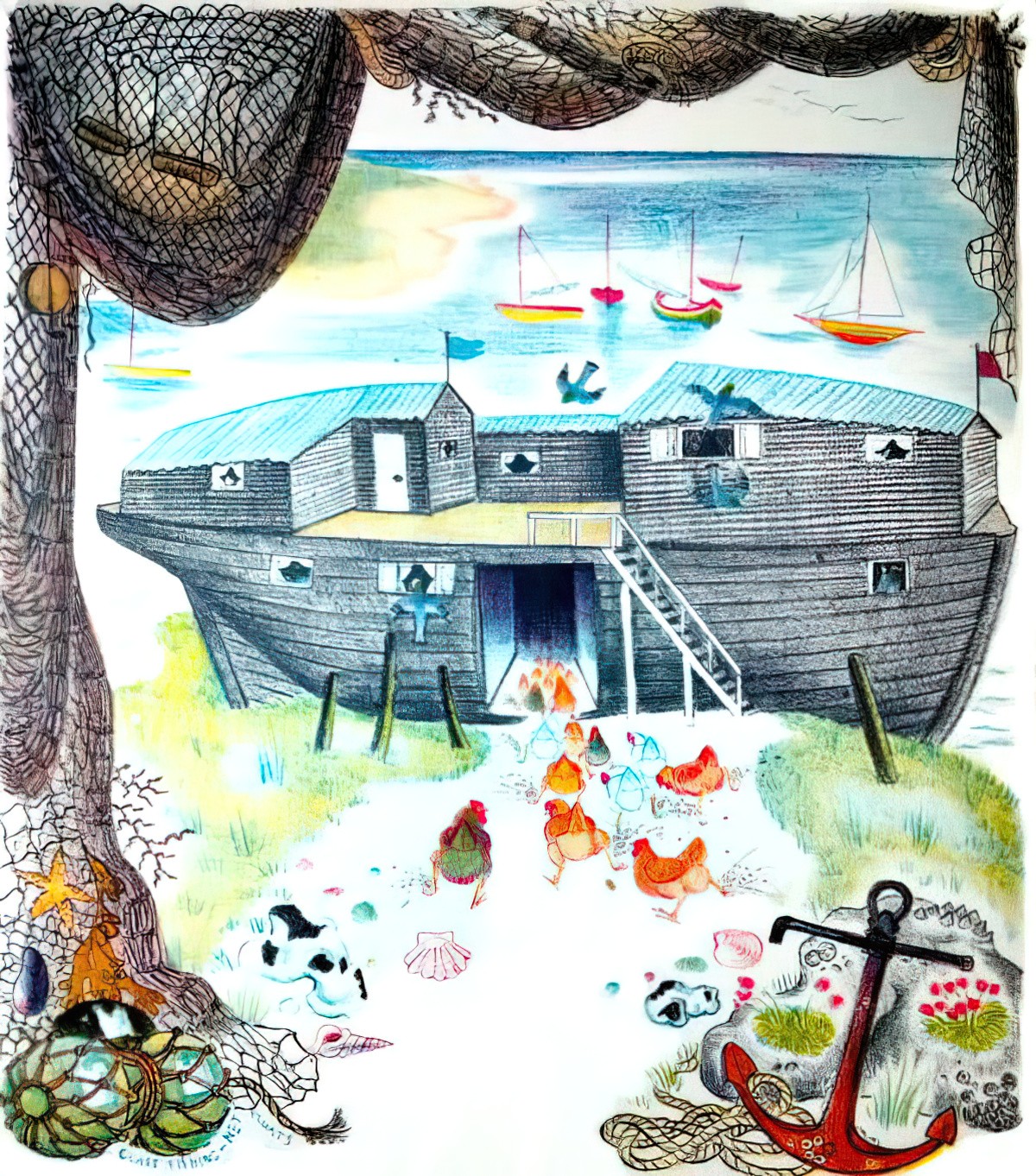
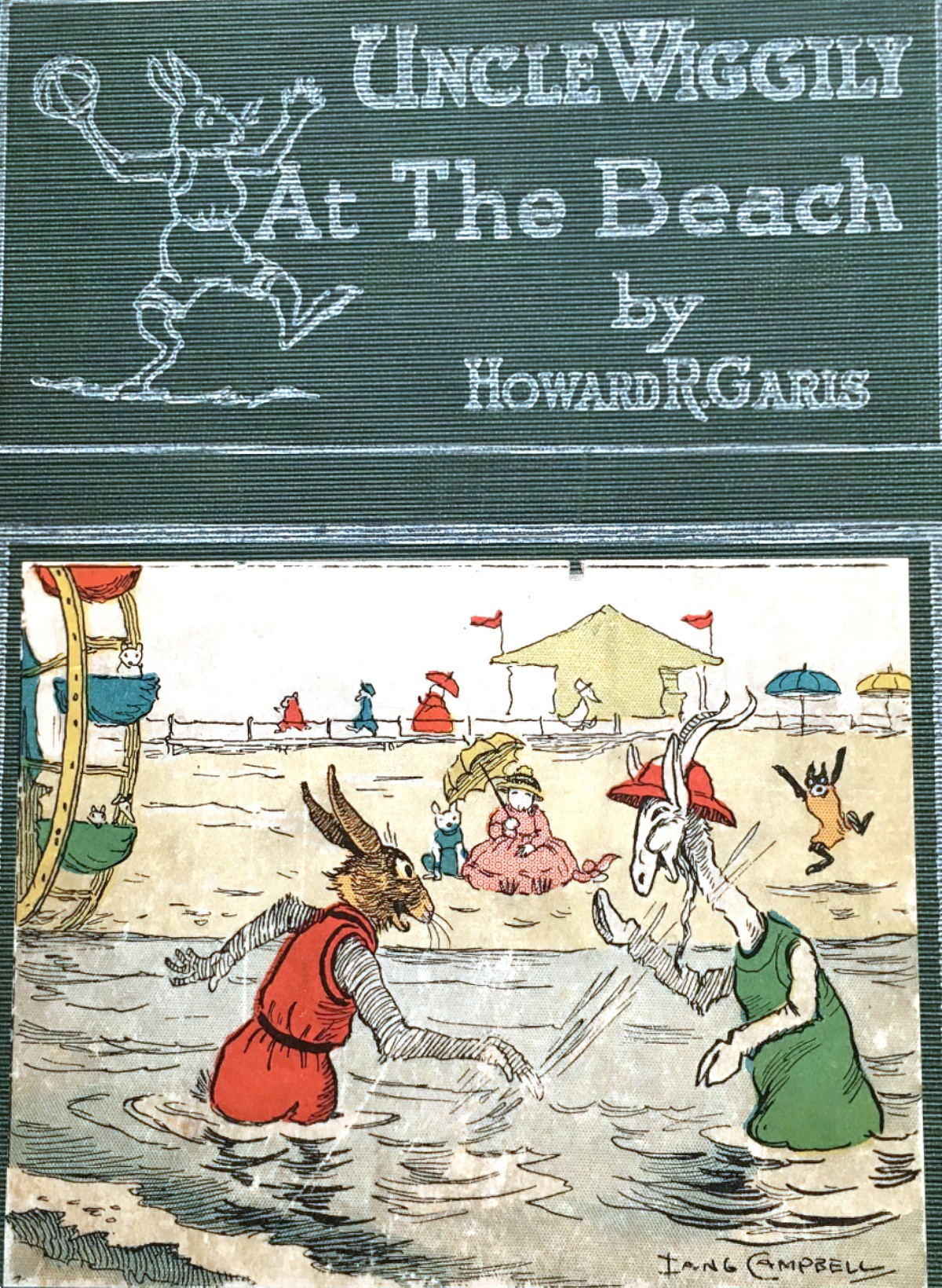
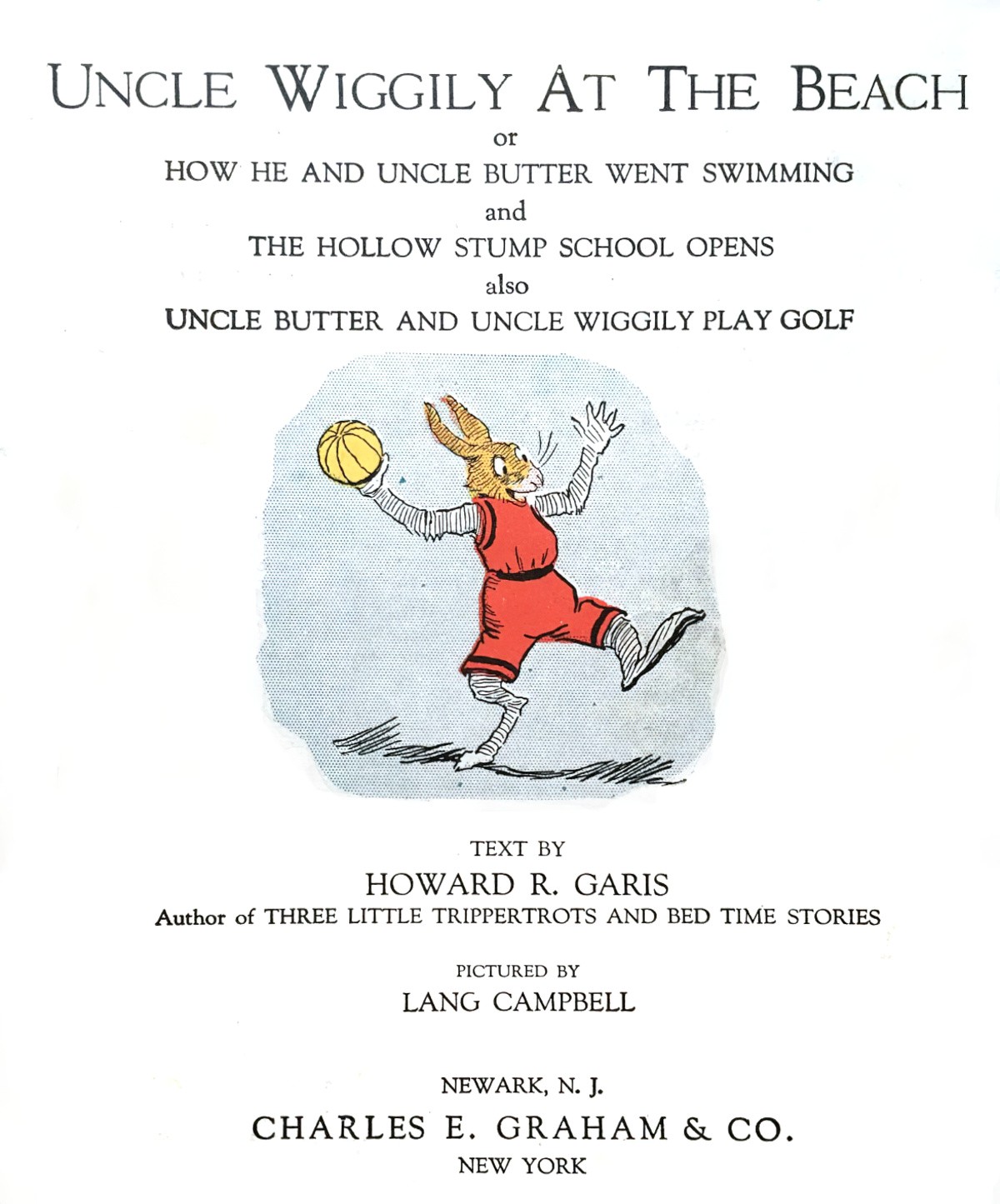
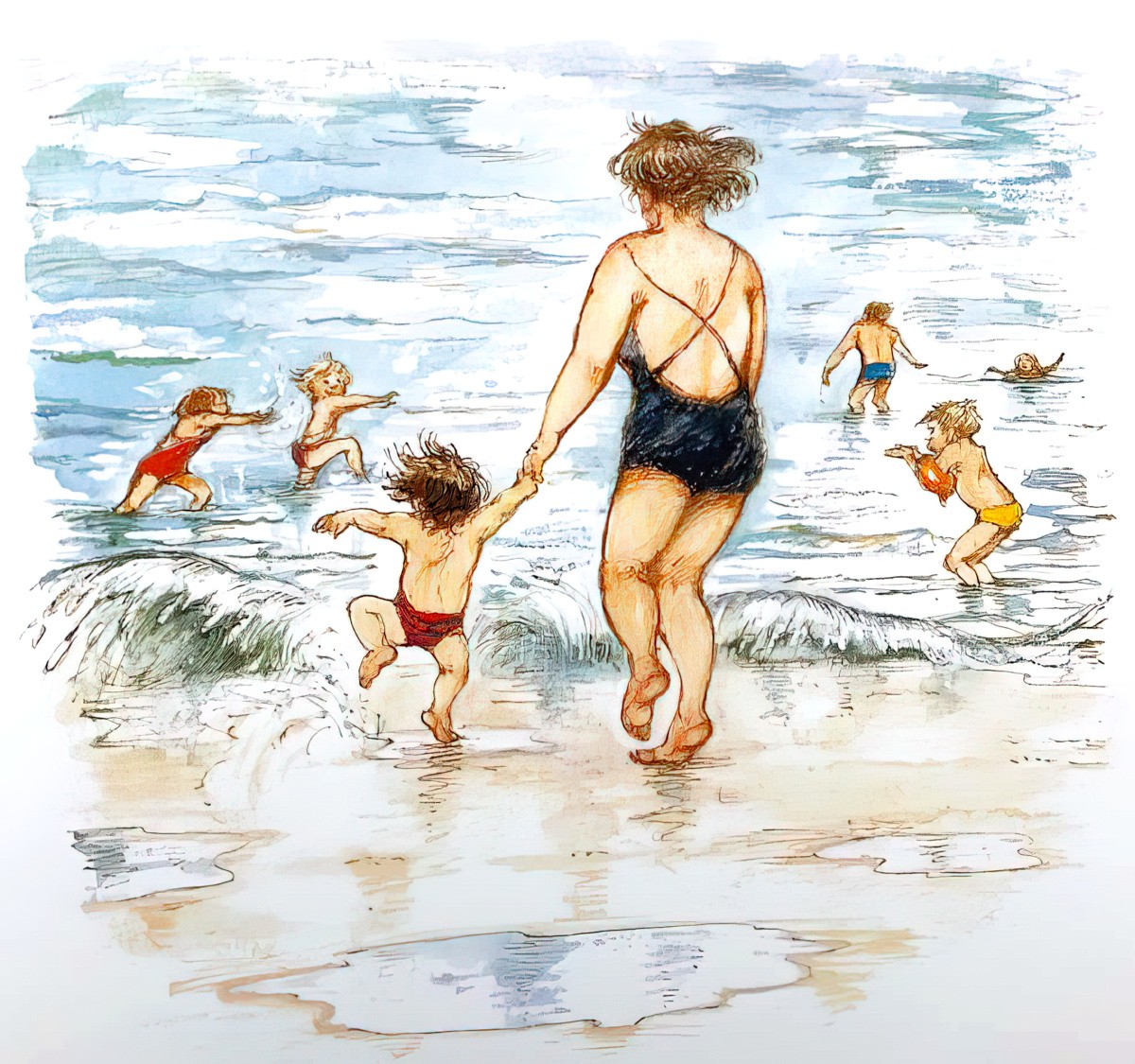
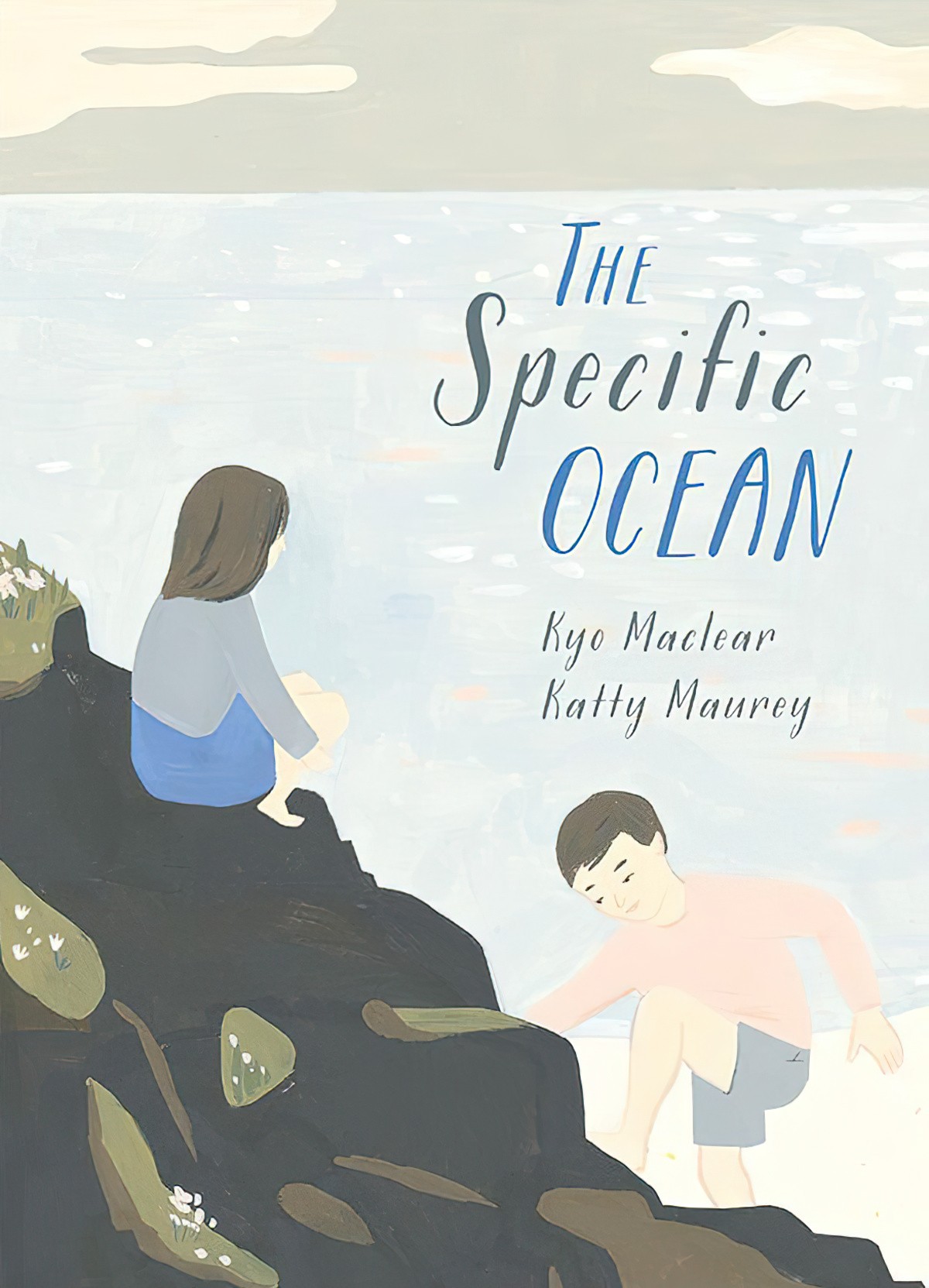
A young girl is unhappy about having to leave the city for a family vacation on the Pacific Ocean (which she used to call the Specific Ocean).
As the days pass, however, she is drawn to spend more time in and near the water, feeling moved by its beauty and rhythms. “The ocean does its own thing, rolling backward and forward. Wash, swash, splush, hush. There is no late or hurry or racing in ocean time.”
By the end of the vacation, the girl has grown to love the ocean and now feels reluctant to leave it behind.
But as she soon realises, it doesn’t ever have to leave her.
FURTHER READING
- Does the coast belong in the Australian Gothic Landscape by Christine Tondorf
- The Australian Beachspace: Flagging the Spaces of Australian Beach Texts by Elizabeth Ellison
Header painting is a View of Sydney from the West side of the Cover painted in 1806 by a convict artist John Eyre. Some convicts were artists. Some of them were even convicted because of art — for forgery.
